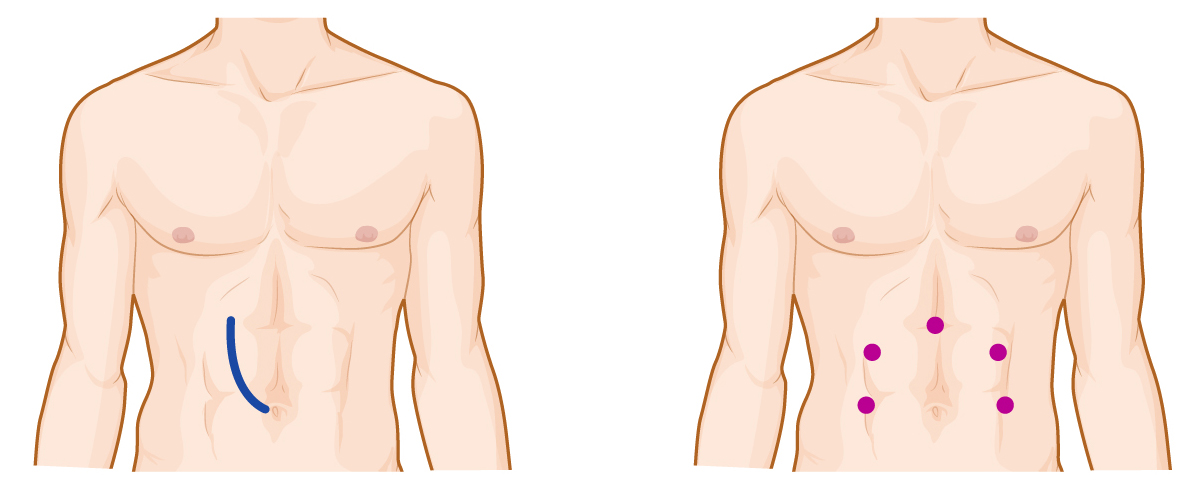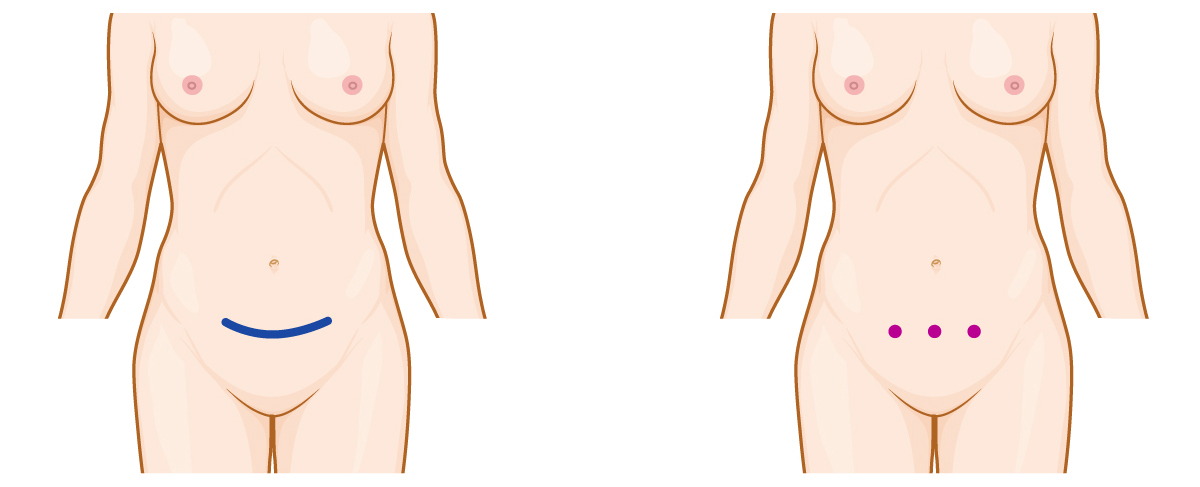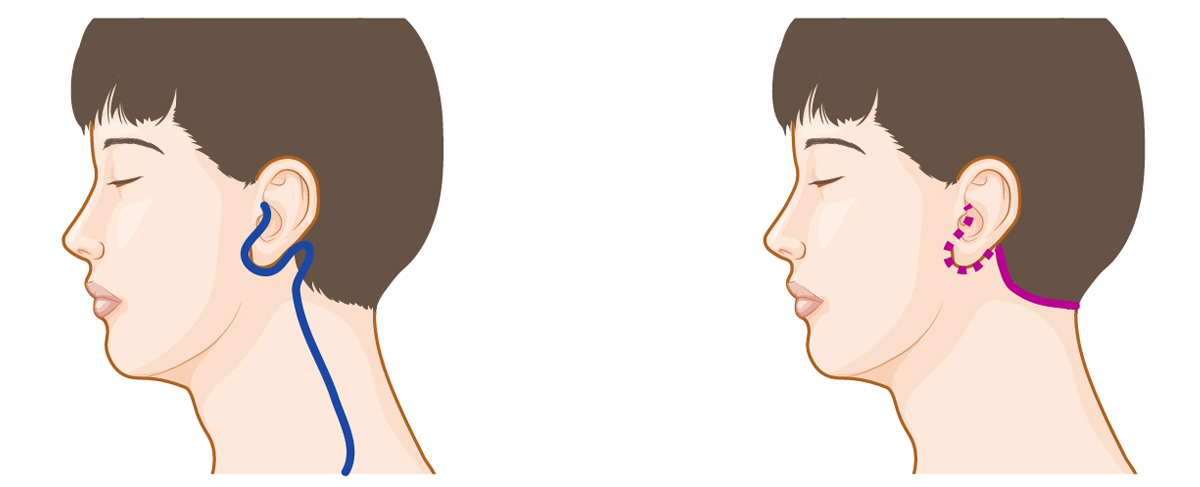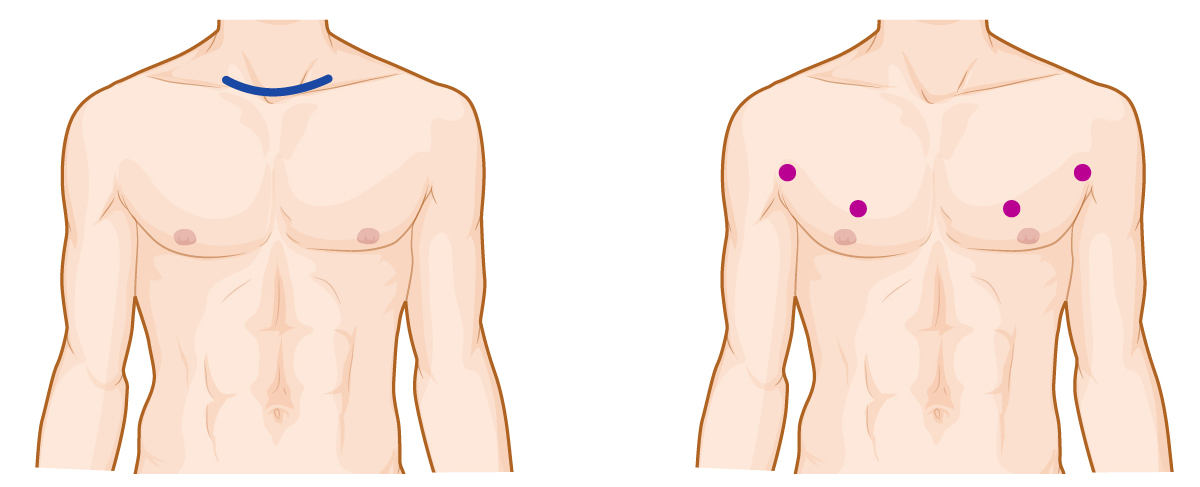Роботизированная хирургическая платформа, предназначенная для выполнения сложных операций с минимальными разрезами. 3Д изображение высокой четкости, увеличение которые дают хирургу максимально полное изображение места операции для более точного наблюдения за операционным местом. А также это доступная технология, которая хирургу дает точность, ловкость контролируемый традиционной полостной хирургией. При использовании роботозированной хирургии, уменьшает боль и кровотечение по сравнению с обычными хирургическими методами. Есть такие преимущества, как снижение риска осложнений, уменьшение срока госпитализации и быстрое возвращение к повседневной жизни.
● Основные области применения робота Да Винчи
1. Урология: рак предстательной железы, рак почек, рак лоханки, рак мочеточника, рак мочевого пузыря, коррекция мочеиспускания.
| полостная операция | операция на роботе Да Винчи |
|---|---|
| Длинный разрез в брюшной полости | Операция с 4-5 отверстиями |
2. Хирургия: рак молочной железы, рак желудка, рак прямой кишки, рак толстой кишки, заболевание желчного пузыря, заболевание желчных путей и поджелудочной железы, заболевание печени.
| полостная операция | операция на роботе Да Винчи |
|---|---|
| Длинный разрез в брюшной полости | Операция с 4-5 отверстиями |
3. Акушерство и гинекология: миома матки, гистерэктомия, микрохирургия маточных труб, киста яичника.
| полостная операция | операция на роботе Да Винчи |
|---|---|
| Разрез горизонтально или вертикально до пупка более 10 см | Операция с минимальными отверстиями через пупок |
4. Оториноларингология: рак глотки, рак гортани, удаление шейных лимфатических узлов, рак слюнных желез, апноэ во сне.
| полостная операция | операция на роботе Да Винчи |
|---|---|
| длинный разрез вдоль уха и шеи | минимальный разрез за ухом |
5. Заболевания щитовидной железы: рак щитовидной железы, опухоль щитовидной железы, различные заболевания щитовидной железы требующие хирургического вмешательства.
| полостная операция | операция на роботе Да Винчи |
|---|---|
| Операция путем надреза кожи в поперечном направлении или в передней части шеи | Операция с минимальными отверстиями |






